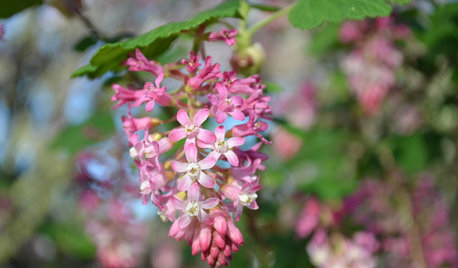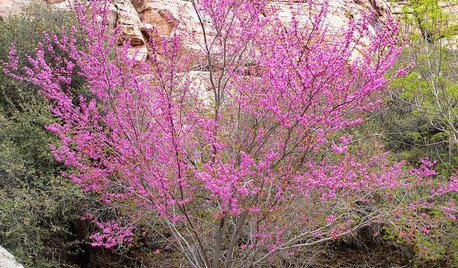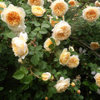Rethinking Feeding Alfalfa to Roses in Southern California
Tessiess, SoCal Inland, 9b, 1272' elev
12 years ago
Featured Answer
Sort by:Oldest
Comments (13)
roseseek
12 years agolast modified: 9 years agoRelated Professionals
Marco Island Landscape Architects & Landscape Designers · Port Royal Landscape Architects & Landscape Designers · Walnut Landscape Architects & Landscape Designers · Sahuarita Landscape Architects & Landscape Designers · Wakefield Landscape Contractors · Wilmington Landscape Contractors · Aberdeen Landscape Contractors · Broadlands Landscape Contractors · Forest Hills Landscape Contractors · Fort Payne Landscape Contractors · Lebanon Landscape Contractors · National City Landscape Contractors · New Braunfels Landscape Contractors · Shaker Heights Landscape Contractors · Teaneck Landscape Contractorsjerijen
12 years agolast modified: 9 years agostrawchicago z5
12 years agolast modified: 9 years agoTessiess, SoCal Inland, 9b, 1272' elev
12 years agolast modified: 9 years agojerijen
12 years agolast modified: 9 years agoroseseek
12 years agolast modified: 9 years agomichaelg
12 years agolast modified: 9 years agostrawchicago z5
12 years agolast modified: 9 years agoroseseek
12 years agolast modified: 9 years agoGary M
12 years agolast modified: 9 years agomichaelg
12 years agolast modified: 9 years agohoovb zone 9 sunset 23
12 years agolast modified: 9 years ago
Related Stories

INSPIRING GARDENSNative Plants Bring 10 Southern California Front-Yard Gardens to Life
Rare plants, rain gardens and wildlife habitats are just a few of the features showcased on the 2016 Theodore Payne Native Plant Garden Tour
Full Story
GARDENING GUIDESGreat Design Plant: Feed Wildlife With Flowering Currant
Blossoms and berries make this plant irresistible to birds, bees and other critters — and a treat for the eyes too
Full Story
GARDENING GUIDES15 Native Flowers That Feed Native Bees
These perennials offer superfood to hundreds of bees and are gorgeous in their own right
Full Story
GARDENING FOR BIRDSFeed the Birds: 6 Plants for Abundant Winter Berries
Be kind to your fair feathered friends during lean food times by planting a shrub or tree loaded with nutritious snacks
Full Story
GARDENING GUIDESCalifornia Gardener: What to Do in July
Active green thumb or not, top priorities for peak fruit and veggie season: watering, feeding, keeping up with growth
Full Story
GARDENING GUIDESLearn the Secret to Bigger and Better Roses
Grow beautiful roses using both ordinary and unusual soil amendments
Full Story
WINTER GARDENINGPruning Secrets for Exquisite Roses
Encourage gorgeous blooms year after year with this time-tested advice on how to prune your rosebush in winter for health and shape
Full Story
GARDENING GUIDESCalifornia Gardener's June Checklist
Update your hydrangeas, catch up on tomatoes and more ways to enjoy your California garden in June
Full Story
GARDENING GUIDES10 Top Native Plants for Northern California Gardens
Enjoy a fuss-free, water-wise garden by growing plants naturally in tune with the climate and wildlife of Northern California
Full Story
LANDSCAPE DESIGNCalifornia Says Goodbye to the Sprawling Ornamental Lawn
New state rules will effectively limit turfgrass to 25 percent of the landscape in most new and renovated yards
Full StorySponsored
Your Custom Bath Designers & Remodelers in Columbus I 10X Best Houzz
More Discussions









jerijen